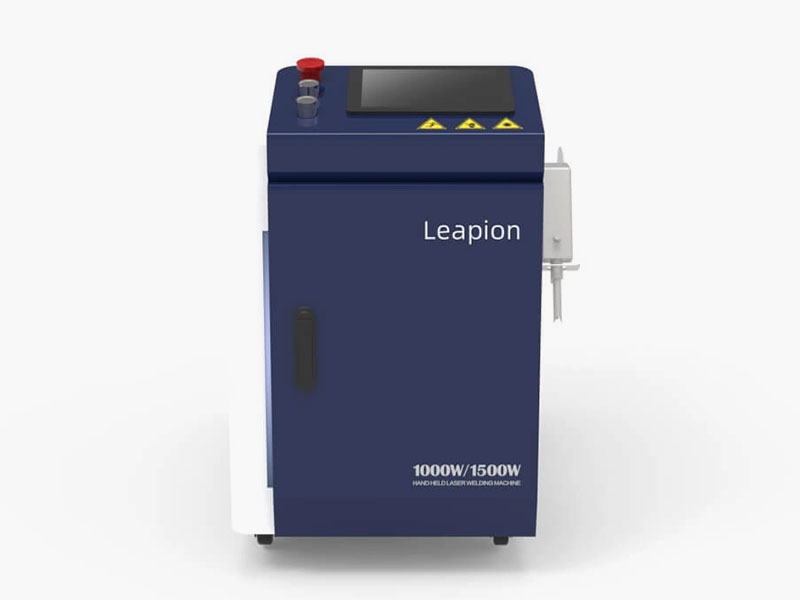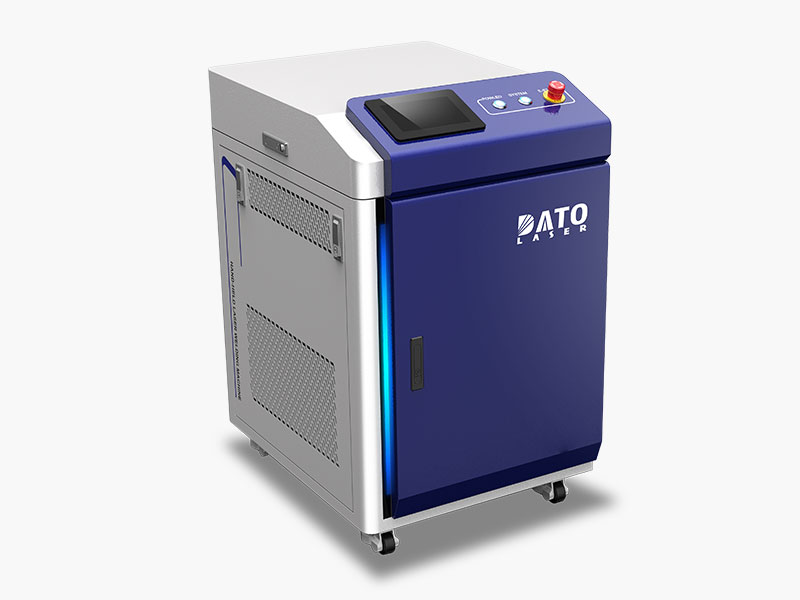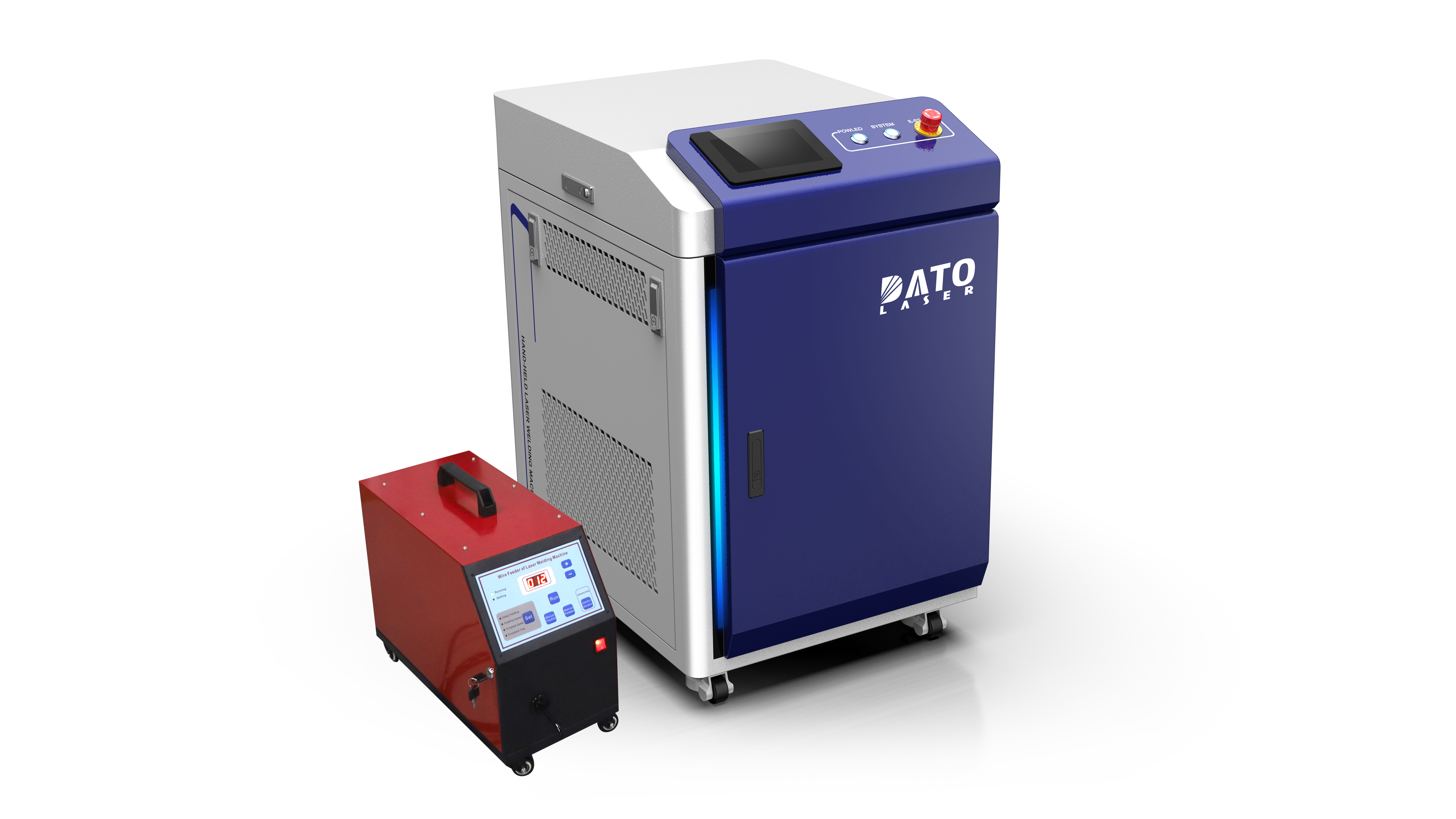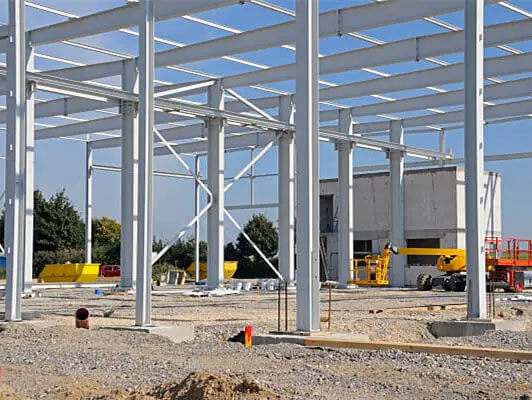Material Prep for Laser Welding: Best Methods

Material Preparation for Laser Welding: Ensuring Optimal Results with Dato and Leapion

Laser welding is a precise and efficient joining method, but its success hinges significantly on proper material preparation. The quality of the weld is directly influenced by the condition of the materials being joined. At Dato and Leapion, we understand that meticulous preparation is not just a step in the process; it's a fundamental requirement for achieving high-quality, reliable welds. This comprehensive guide will explore the best methods for preparing materials for laser welding, ensuring you maximize the performance of your laser welding equipment and achieve superior results.
Why is Material Preparation Crucial for Laser Welding?
Before diving into specific methods, it's important to understand why material preparation is so critical for laser welding. Unlike traditional welding methods, laser welding relies on highly focused energy to melt and fuse materials. Any imperfections or contaminants on the material surface can interfere with the laser beam, leading to:
Reduced Weld Quality: Contaminants can cause porosity, incomplete fusion, and weakened welds.
Inconsistent Results: Variations in surface condition can lead to inconsistent weld penetration and strength.
Increased Spatter: Contaminants can vaporize and cause spatter, which can affect the weld quality and potentially damage the laser equipment.
Reduced Laser Efficiency: Reflective surfaces or contaminants can reduce the absorption of laser energy, requiring higher power settings and potentially damaging the laser.
Corrosion Issues: Residual contaminants can contribute to corrosion at the weld joint, compromising the long-term integrity of the welded part.
Therefore, proper material preparation is not just a good practice; it's an essential step to ensure the success and reliability of your laser welding process.
Best Methods for Preparing Materials for Laser Welding
Here are the best methods for preparing materials for laser welding, categorized for clarity:
1. Cleaning: Removing Surface Contaminants
Cleaning is perhaps the most crucial aspect of material preparation for laser welding. The goal is to remove any contaminants that could interfere with the laser beam or compromise the weld quality. Here are several effective cleaning methods:
Degreasing: Degreasing involves removing oils, greases, and other organic contaminants from the material surface. This can be achieved using various solvents, such as acetone, isopropyl alcohol, or specialized degreasing agents. The choice of solvent depends on the type of contaminant and the material being cleaned. It is crucial to ensure that the solvent is completely evaporated before welding to avoid any residue affecting the weld.
Mechanical Cleaning: Mechanical cleaning methods remove surface contaminants through physical abrasion. This includes methods such as wire brushing, grinding, sanding, and using abrasive pads. These methods are effective for removing rust, scale, and other firmly adhered contaminants. However, care must be taken to avoid scratching or damaging the material surface.
Ultrasonic Cleaning: Ultrasonic cleaning uses high-frequency sound waves to agitate a cleaning solution, effectively removing contaminants from the material surface. This method is particularly useful for cleaning complex shapes and hard-to-reach areas. It is often used in combination with degreasing solvents to achieve a thorough cleaning.
Laser Cleaning: Laser cleaning is a non-contact method that uses a laser beam to remove surface contaminants. This method is highly effective for removing rust, paint, oxides, and other contaminants without damaging the underlying material. Dato and Leapion offer advanced laser cleaning machines that are ideal for preparing materials for laser welding. Laser cleaning is an environmentally friendly and highly efficient method, often preferred for its precision and speed.

2. Edge Preparation: Ensuring Proper Joint Fit-Up
Proper edge preparation is crucial for achieving a strong and consistent weld. The goal is to ensure that the edges of the materials to be joined fit together precisely and consistently. Here are some common edge preparation methods:
Shearing and Cutting: Shearing and cutting are used to create straight and clean edges on sheet metal. However, these methods can sometimes leave burrs or rough edges that need to be removed. Dato and Leapion's fiber laser cutting machines provide precise and clean cuts, minimizing the need for additional edge preparation.
Machining: Machining methods, such as milling and turning, can be used to create precise edges with specific profiles, such as bevels or chamfers. These methods are often used for thicker materials or when specific joint designs are required.
Grinding and Filing: Grinding and filing can be used to remove burrs, sharp edges, and other imperfections from the edges of the materials. These methods are useful for fine-tuning the fit-up of the joint.
Laser Cutting: Laser cutting is an excellent method for creating precise edges for laser welding. Our fiber laser cutting machines are capable of producing clean and accurate edges with minimal heat-affected zones, which is ideal for preparing materials for laser welding. The precision of laser cutting ensures a tight and consistent fit-up, which is essential for high-quality welds.
3. Joint Fit-Up: Ensuring Consistent Contact
Proper joint fit-up is essential for achieving consistent weld penetration and strength. The goal is to ensure that the materials to be joined are in close and consistent contact with each other. Here are some key considerations for joint fit-up:
Gap Control: Maintaining a consistent gap between the materials is crucial for achieving uniform weld penetration. Excessive gaps can lead to incomplete fusion, while insufficient gaps can cause the laser beam to reflect and reduce weld efficiency.
Alignment: Ensuring that the materials are properly aligned is essential for achieving a straight and consistent weld. Misalignment can lead to uneven weld penetration and reduced weld strength.
Fixturing: Using appropriate fixturing to hold the materials in place during the welding process is crucial for maintaining proper joint fit-up. Fixtures should be designed to hold the materials securely and prevent any movement during welding.
4. Material Preheating: Reducing Thermal Stress
In some cases, preheating the materials before welding can be beneficial, especially for materials with high thermal conductivity or for thicker sections. Preheating can help to:
Reduce Thermal Stress: Preheating can reduce the temperature difference between the weld zone and the surrounding material, minimizing thermal stress and distortion.
Improve Weld Penetration: Preheating can improve the flow of molten metal and enhance weld penetration.
Reduce Cracking: Preheating can reduce the risk of cracking in certain materials.
Preheating can be achieved using various methods, such as heating blankets, torches, or induction heaters. The preheating temperature should be carefully controlled to avoid any adverse effects on the material properties.
5. Surface Treatment: Enhancing Laser Absorption
In some cases, surface treatments can be used to enhance the absorption of laser energy. This is particularly useful for materials that are highly reflective, such as aluminum and copper. Here are some common surface treatment methods:
Surface Roughening: Roughening the surface of the material can increase its absorption of laser energy. This can be achieved through methods such as sandblasting or etching.
Application of Absorptive Coatings: Applying a thin layer of absorptive coating to the material surface can significantly increase its absorption of laser energy. These coatings are typically made of materials that readily absorb laser light at the specific wavelength being used.
Dato and Leapion: Your Partner in Laser Welding Excellence
At Dato and Leapion, we understand the importance of proper material preparation for achieving optimal laser welding results. Our comprehensive range of laser machines, including fiber laser cutting machines, laser welding machines, and laser cleaning machines, are designed to support every stage of the laser welding process.
Our fiber laser cutting machines provide precise and clean cuts, ensuring accurate edge preparation. Our laser welding machines are designed for high-precision welding, and our laser cleaning machines provide efficient and environmentally friendly cleaning solutions. We are committed to providing our customers with the best laser technology and support to help them achieve their welding goals.

Conclusion: The Foundation for Successful Laser Welding
Proper material preparation is the foundation for successful laser welding. By following the best methods outlined in this guide, you can ensure that your materials are clean, properly fitted, and ready for the laser welding process. At Dato and Leapion, we are dedicated to providing our customers with the knowledge and technology they need to achieve superior results. Contact us today to learn more about our laser solutions and how we can help you optimize your laser welding process.
Related Blogs
-
 Exploring the Safety, Precision, and Industrial Benefits of Laser Surface CleaningIn today’s fast-paced industrial world, where quality, efficiency, and sustainability are top priorities, manufacturers are constantly seeking better ways to clean metal surfaces without compromising material integrityBlog
Exploring the Safety, Precision, and Industrial Benefits of Laser Surface CleaningIn today’s fast-paced industrial world, where quality, efficiency, and sustainability are top priorities, manufacturers are constantly seeking better ways to clean metal surfaces without compromising material integrityBlog -
 A Complete Guide by DATO and LeapionIn modern industry, surface preparation and maintenance play a crucial role in achieving high-quality manufacturing results. Laser cleaning machines have emerged as one of the most innovative, efficient, and environmentally friendly tools for removing contaminantsBlog
A Complete Guide by DATO and LeapionIn modern industry, surface preparation and maintenance play a crucial role in achieving high-quality manufacturing results. Laser cleaning machines have emerged as one of the most innovative, efficient, and environmentally friendly tools for removing contaminantsBlog -
 Laser cleaning machines are revolutionizing industrial surface cleaning by offering a faster, safer, and more eco-friendly alternative to traditional methods. Whether removing rust, paint, oil, oxide, or other surface contaminants, laser cleaning has become a cutting-edge solution in manufacturing,Blog
Laser cleaning machines are revolutionizing industrial surface cleaning by offering a faster, safer, and more eco-friendly alternative to traditional methods. Whether removing rust, paint, oil, oxide, or other surface contaminants, laser cleaning has become a cutting-edge solution in manufacturing,Blog -
 Introduction: Transforming EV Battery Manufacturing Through Laser TechnologyThe electric vehicle revolution has accelerated dramatically over the past decade, bringing with it unprecedented challenges and opportunities in battery manufacturing. As global automakers commit billions to electrificationBlog
Introduction: Transforming EV Battery Manufacturing Through Laser TechnologyThe electric vehicle revolution has accelerated dramatically over the past decade, bringing with it unprecedented challenges and opportunities in battery manufacturing. As global automakers commit billions to electrificationBlog













